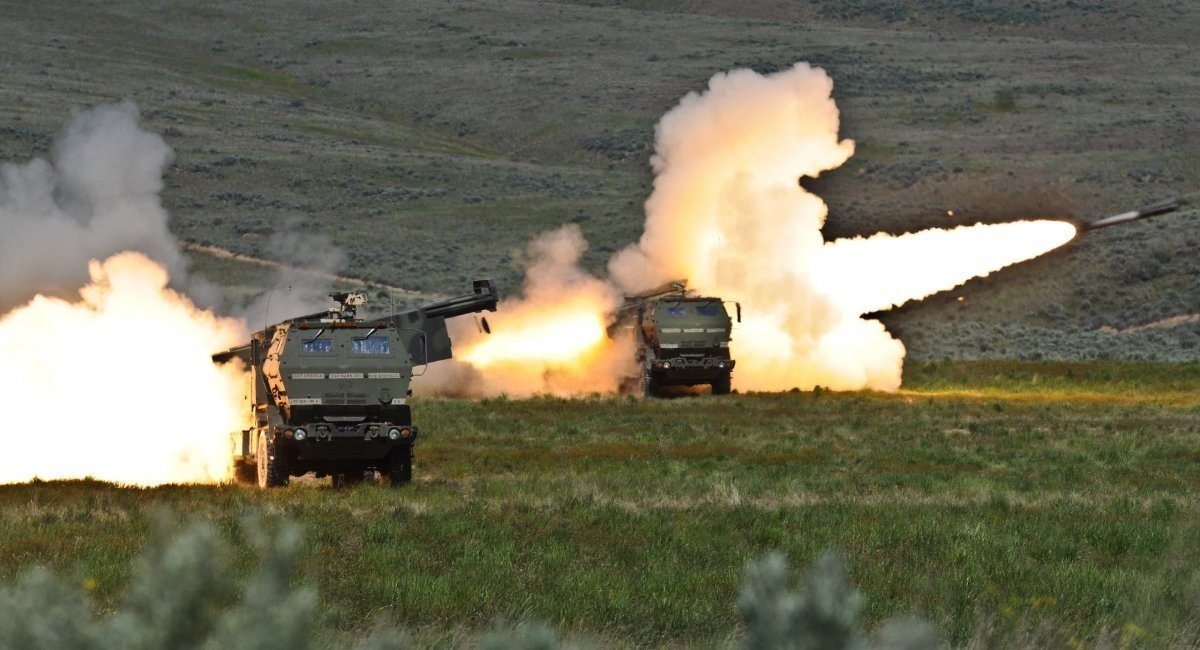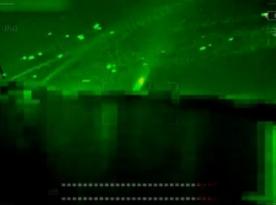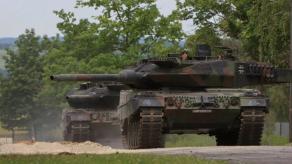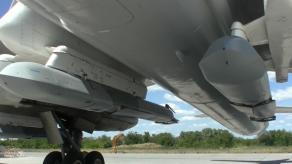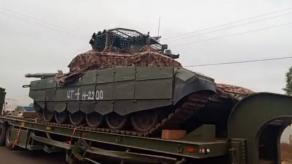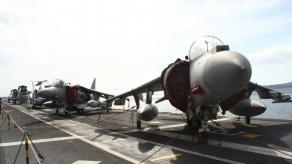Mick Ryan, a retired Australian officer, in his article for The Economist, talked about why Ukraine can count on further success in the war against russia.
He admires the successes of Ukraine’s military and notes that the strategy of the Ukrainian Army can be called a "a strategy of corrosion". These are indirect attacks, information operations, the destruction of logistics (almost daily HIMARS strikes before the offensive in Kharkiv and Kherson Oblasts), as well as tough close combat. It affected both the physical and moral and intellectual capacity of the russian military.
Read more: What AWACS See As They Transmit Target Data to the Armed Forces of Ukraine: Unique Video on Board of the E-3 Sentry On Patrol

Mick Ryan believes that currently the southern and northeastern campaigns of the Armed Forces of Ukraine continue to develop, but two main conclusions can be drawn from them already today.
The first (offensive actions) is the result of a whole series of planned attacks, combined in a single operational plan. That is, the counteroffensive in Kharkiv Oblast and Kherson Oblast primarily mutually reinforced each other.
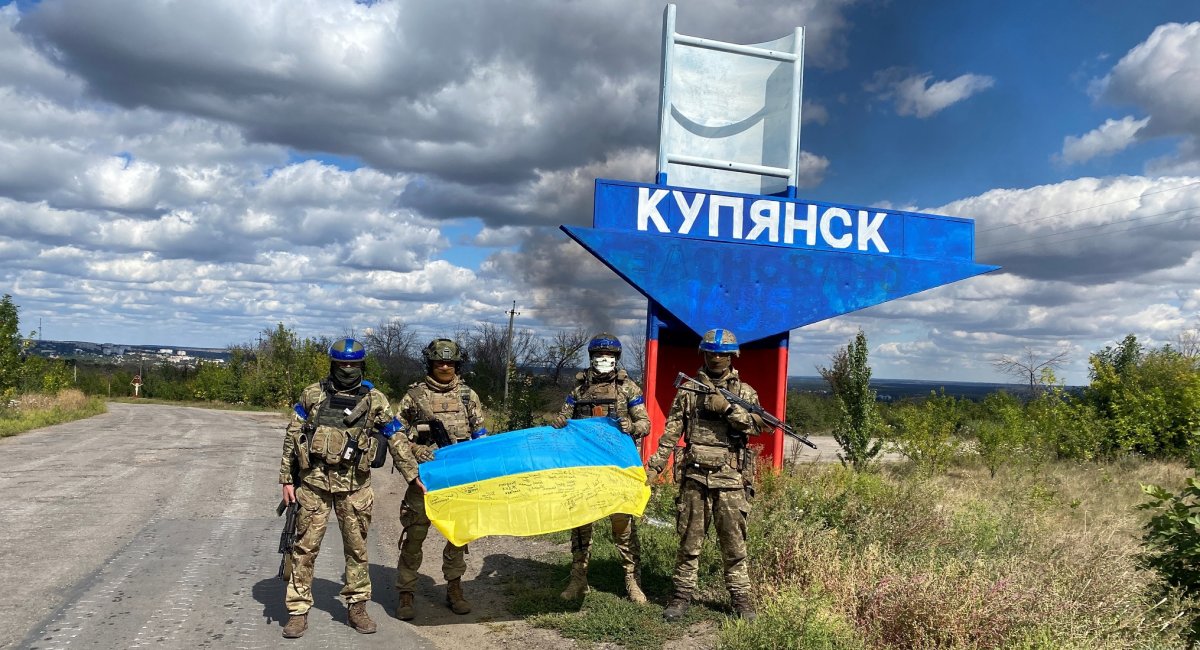
In particular, due to an active information campaign about the offensive in Kherson Oblast in the summer of this year, the russian army was forced to transfer significant forces there, somewhat weakening the army in the east. At the same time, with HIMARS strikes, the Ukrainian military destroyed the logistics of the occupiers across the Dnipro, which made it much more difficult to support the enemy's west-bank group.
Ryan notes that creating an effective operational plan is an extremely complex process that requires the proper deployment of limited forces, including HIMARS missile systems, EW assets, and organizing air support.
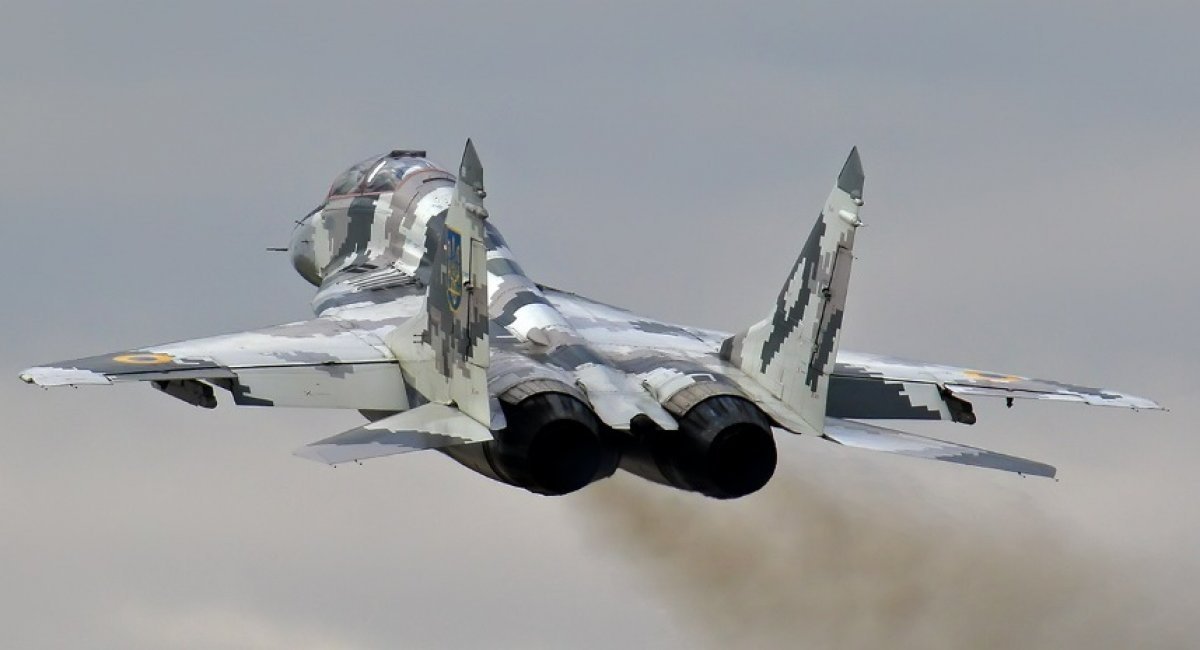
The second conclusion is that Ukraine has commanders who are experienced strategists and operational planners who know how to balance risks and direct subordinates during combat operations at the campaign level.
Ryan notes that Ukraine's military campaigns "highlighted the asymmetry in innovation and command philosophies between the Ukrainian and Russian militaries". The Armed Forces of Uraine managed to move away from Soviet-era approaches, which the russian army failed to do. They will have to further centralize control after the emergence of large numbers of mobilized.
Read more: More Than 10 russia’s Military Echelons Already In Belarus: Their Location And Force




